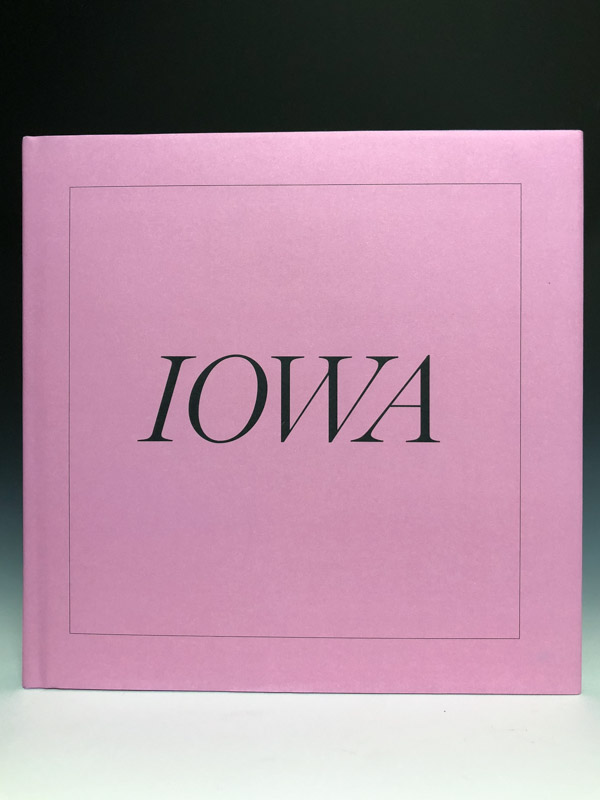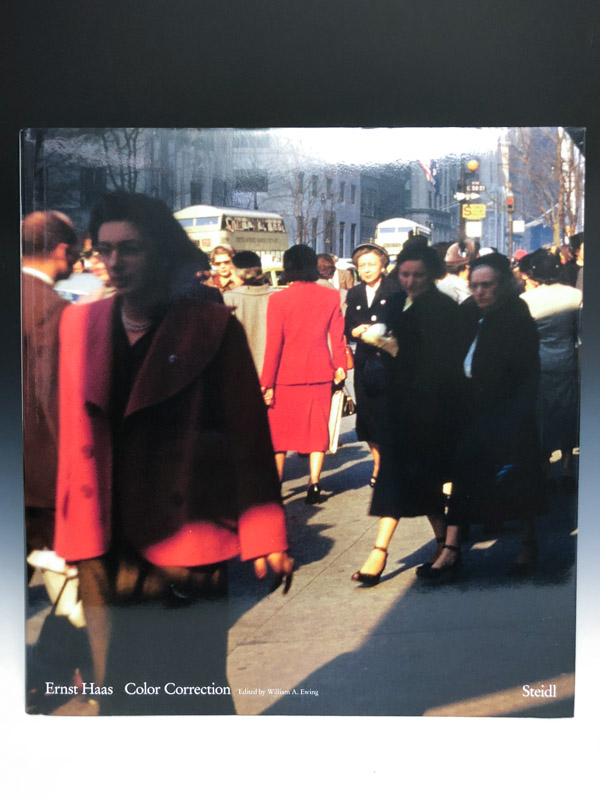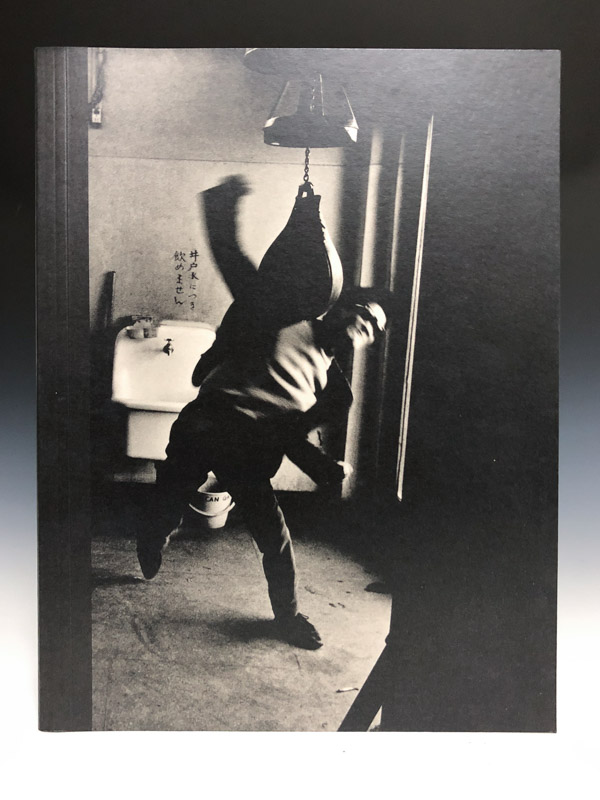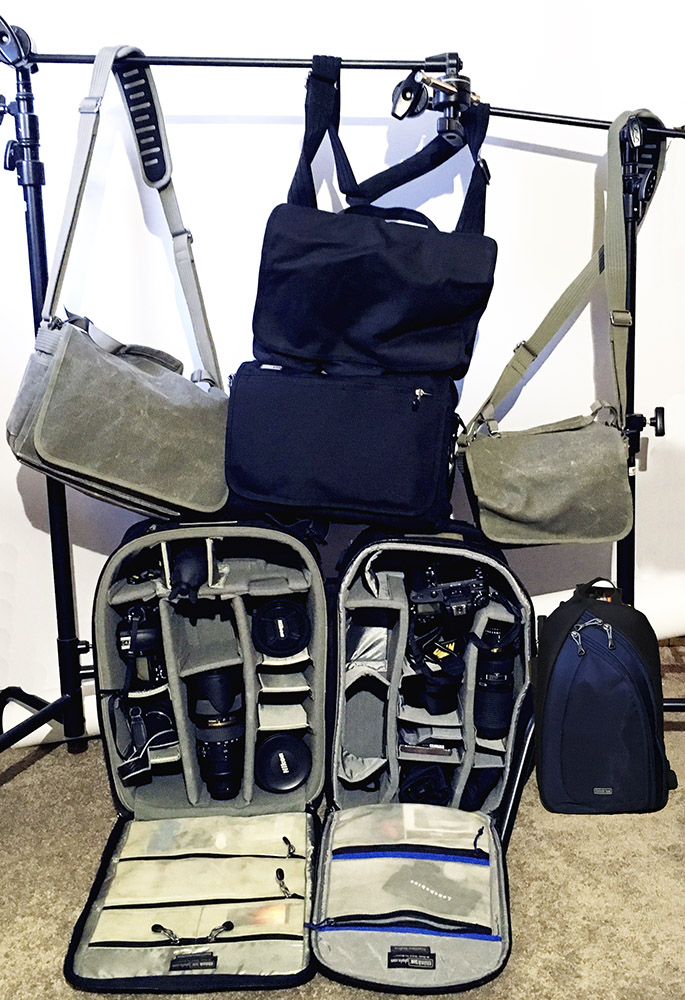The world is bursting at the seams with men and women wanting to be photographers. Do a search on how to be a photographer and the list of advice is endless. Watch this video. Buy this book. Buy that camera. 10 items that every pro should have in her bag. Do what you love.
But want it is not enough. You have to get out there and do the actual work. I’m a believer in being a pro before you do your first paying job. That means doing the best work that can be done every time you turn your camera to the on position. But in the rush to go from hey this is fun to I love photography, many people are not honest with themselves about their level of expertise. I see it over and over. There is too much of a rush to get from iPhone to paying gig. I see so many photographers touting their talent to teach photography seminars because they have been a “photographer” for three whole years. Now is that full time for three whole years or some weddings for three years. Sorry for the snark but when I attended school I remember the professors saying that the had to have a minimum 25 years just to apply for the position. Being knowledgeable about an art and making a living at said art is two very different things.
I remember a photo shoot around 2000 that still influences my outlook on my photography and my personal life to this day. I was assigned to photograph a college graduation at a church. I loaded up my equipment and arrived at the appointed time. My first duty was to locate the individual that requested the work to get done and find out the details. I was anxious to know how many graduates there were so I could plan how to best change flash batteries and after how many graduates I was going to have to change my hard drives ( this was in the days before flash cards ). I was surprised and a little relieved to find out I only had to take a few photos of the guests and the speakers. The requester had hired a soldier that “wanted to be a pro” to take the shots of the graduates receiving their diplomas. Talk about easy overtime for me. A quick look at the event program listed about 300 graduates. Remember I was instructed not to take any photos of them giving out of the diplomas so not to throw the the other photographer off by having the graduates looking at me and waiting for the flash to go off. So the ceremony starts and the first thing is that I see that the other photographer is shooting film. I was shooting digital but this was before the price of digital cameras had come down and they were to expensive for most people. Quick math shows that 9 rolls of 36 exposure film would be needed. Easy enough. Ok, the ceremony starts then they start handing out the diplomas. I have a reserved seat at the front so I get comfortable for awhile. I notice the film photographer take about 30 shots and rewind his film. The students are broken into groups so he has just enough time to reload. The next group of students walk across the stage and no photos. The film photographer is having a problem with his camera. I start to focus on him. Has his camera broken? Nope. Upon closer observation I see that he could not get the next roll of film loaded. From my experience with film I immediately saw what he was doing wrong. In his care to load the camera he was pulling the film leader too far into the camera. Auto load film cameras had a mark that you pulled the leader to and you just layed the film to this mark and closed the back and the camera grabbed the film and advanced to the first frame and you were ready. The photographer was trying to be extra careful and pull the film past its loading mark and the camera was miss-loading. The students were walking up, waiting for a flash that never occurred, and walking off the stage. Watching this photographer try to load his camera was the most painful thing I have ever watched a photographer try to do. I was getting uncomfortable just watching him. He never got the camera loaded and only the first few students had photos of receiving their diplomas.
Its easy to take the shot when there is nobody looking. You can fake it til you make it, but your probably going to disappoint someone or do permanent harm to your career. Often in business many people tell you the work is okay, but feel it is less than expected and never hire you again. This often goes back to inexperience and quite frankly your work is not as good as it should be. Practice and get as good as you can, but realize that just because you want it, it just might not be your calling.























